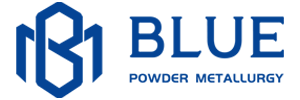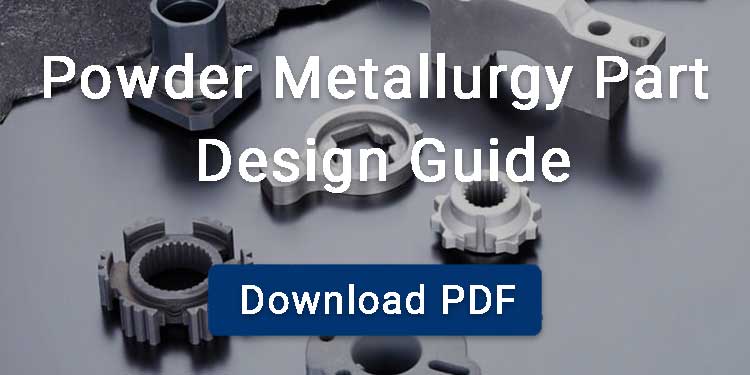There are many ways to turn metal powder into components. You may already know the conventional pressing and sintering, and metal injection molding.
Nowadays, powder metallurgy additive manufacturing, commonly known as 3D printing, is rising for its rapid prototyping.
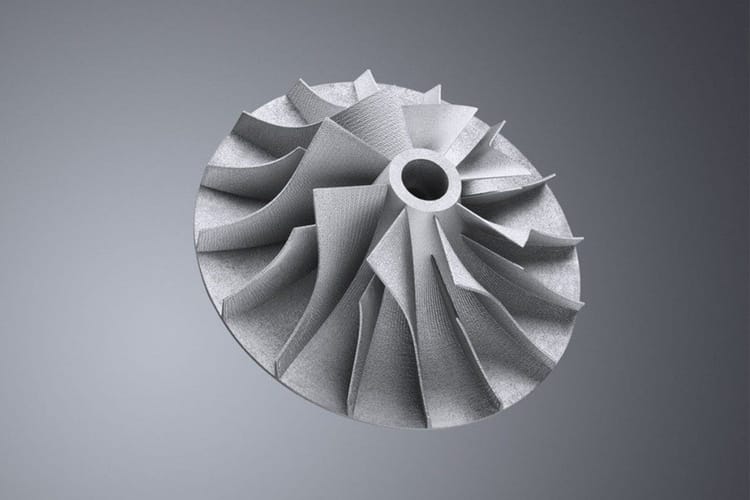
Contents
What is Powder Metallurgy Additive Manufacturing?
Additive Manufacturing is an emerging technology that uses metal powder and binders as raw materials. It forms metal parts by fusing metal powder layer by layer.
In order to standardize 3D printing industry, ASTM officially named it additive manufacturing (AD) in the ASTM F2792 standard.
7 Types of Additive Manufacturing
Powder Bed Fusion (PBF)
PBF is a type of AM that utilizes a laser or electron beam to melt and fuse metal powders together.
Generally, the powder particles of laser powder bed fusion are 15-53μm and those of electron beam are 40-100μm.
Here are some popular PBF techniques.
Direct Metal Laser Sintering (DMLS)
Direct metal laser sintering is a process that uses a laser, such as a CO2 laser, to selectively fuse thin layers of metal layer together.
First, you spread a thin layer of metal powder over the building platform through the 3d printer. Then you use a laser to selectively melt the powder, not melt it completely. After the laser melts the first layer of powder, the build platform lowers and applies another layer of powder. Finally, the laser fuses the layers of metal powder together to form the finished product.
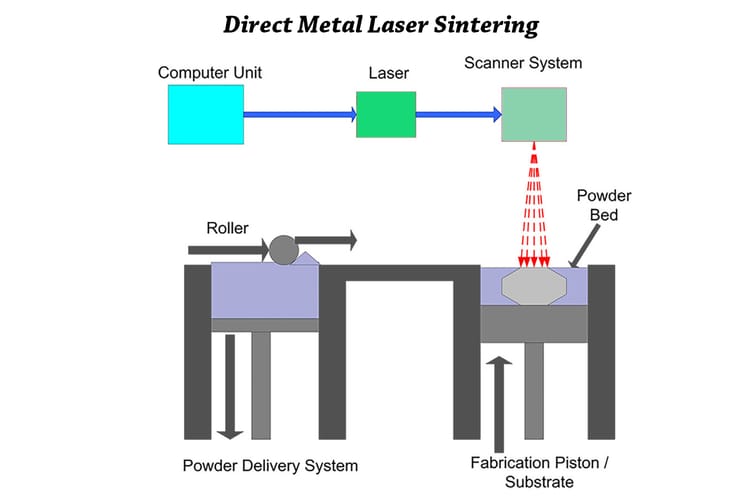
Selective Laser Sintering (SLS)
SLS works in a similar way to DMLS. In SLS 3D printing, the parts are supported by the surrounding powder, so there is no need for a support structure.
SLS is an ideal way to make geometric shapes.
Besides, the strength of SLS parts is close to that of injection molded parts. Selective Laser Melting (SLM)
SLM is faster than selective laser sintering. Moreover, SLM reduces the risk of metal oxidation by using inert gases such as nitrogen or argon. However, SLM is more expensive. In the SLM 3D process, the thickness of the metal layer is about 20 to 60 microns.
Electron Beam Melting (EBM)
Unlike the above-mentioned powder bed fusion technology, electron beam melting adopts electron beam instead of laser beam. Compared to lasers, electron beams are able to penetrate deep into the material and melt the metal powder particles evenly.
EBM fuses together metal powder layers in a vacuum environment. Unlike SLS, EBM melts the raw materials.
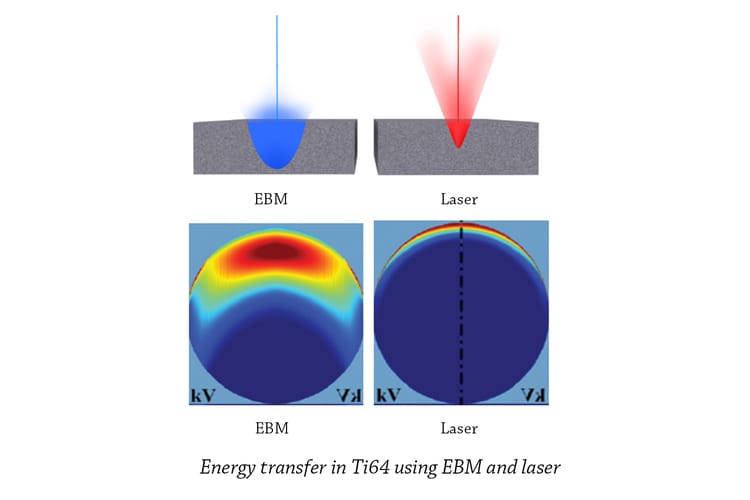
Binder Jetting
Binder jetting is one of the fastest additive manufacturing processes.
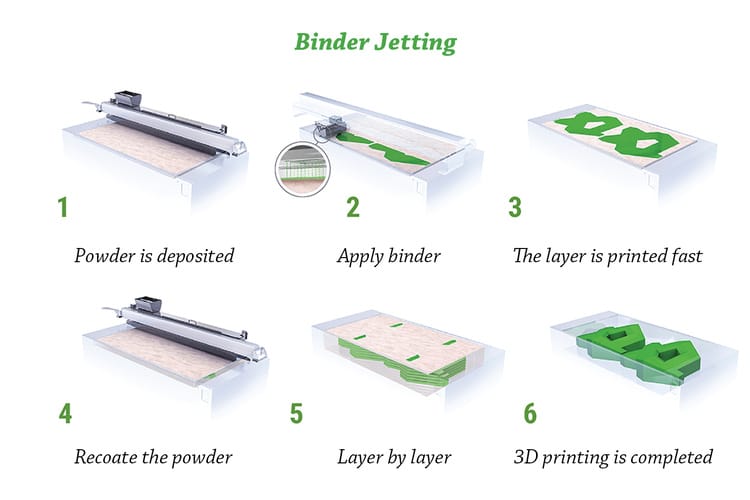
The particle size of binder jetting metal powder is about 10-45μm.
In this process, metal powder is first spread on a flat plate, and the inkjet printer head sprays liquid binders on the powdered layer. This cycle repeats and you get a 3D printed product. This process is a bit like paper printing, and the binder is like ink, its role is to connect the powder layers together.
Here is a video that explains what binder jetting works.
Directed Energy Deposition(DED)
DED is a process whereby molten material is deposited onto the surface of the product where it solidifies.
In the DED process, you apply a plasma arc, laser, or electron beam to melt the metal material and deposit it simultaneously through a nozzle.
You can utilize DED to form parts. But it is often used to repair or add additional material to components.
Powder particles 53-150μm
Sheet Lamination
The sheet lamination is a cheap and fast method of 3D printing. First, a laser cutter is employed to cut out the outline of the object to be printed, and then the layers are bonded together to form the shape.
Material Extrusion
Material extrusion is an additive manufacturing (AM) method. Material is deposited layer by layer through a heated nozzle to build a 3D object.
Material extrusion is generally fast and accurate. However, the material extrusion process is compatible with a wide range of raw materials and is inexpensive. Therefore, material extrusion is strongly favored by home 3D printing.
Material Jetting
During material jetting process, molten material is ejected onto the build platform to build the product layer by layer.
- Excellent detail features
- High precision
- Good surface finish
Vat Photopolymerization
Vat photopolymerization is a 3D printing process that uses a light source to selectively harden photoreactive resin.
Metal Powder for Additive Manufacturing
The metal powder used in additive manufacturing is not as fine as that used in metal injection molding.
First, it is too fine and is easy to fly during laser sintering. Second, if the powder is too fine, there will be more contact points between the powders, the friction will increase, and the fluidity will become worse.
Therefore, the median particle size D50 for powder metallurgy additive manufacturing is between 10-45μm. For example, the AlSi10Mg powder particles produced by Höganäs through the gas atomization process are 20-63μm.
Most metal powders suitable for additive manufacturing are gas atomized powders. This is because gas atomized powders have good fluidity and high bulk density. In addition, metal powders also need to meet the requirements of low oxygen and nitrogen content.
If you are looking for metal powder characterization for additive manufacturing, you can refer to ASTM F3049 standard or Höganäs metal powder for AM.
There are a lot of metal powders suitable for powder metallurgy additive manufacturing.
- Copper
- Aluminium
- Nickel
- Titanium
- Stainless steel
- Tool steel
Additive Manufacturing Applications
Additive Manufacturing in Aerospace
Powder metallurgy additive manufacturing can produce complex and lightweight parts for aerospace.
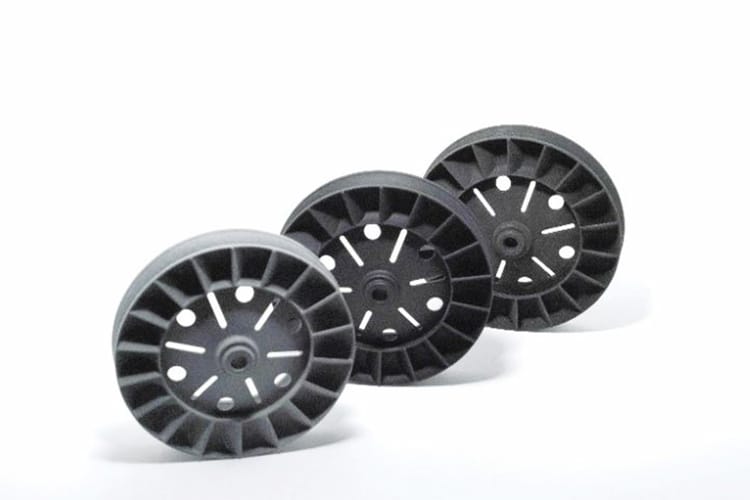
- Engine components
- Airplane wing brackets
- Engine fuel nozzles
- Gearbox parts
- Locking shaft for aircraft doors
Additive Manufacturing in Automotive industry
Modern cars are moving towards lighter and faster. This naturally requires lightweight and high-strength structural parts. AM can provide the automotive industry with highly customized and lightweight parts.
Additive Manufacturing in Medical field
Additive manufacturing is ideal for personalized medical implants. For the dental field, AM can manufacture splints, orthodontic appliances, and dental models.
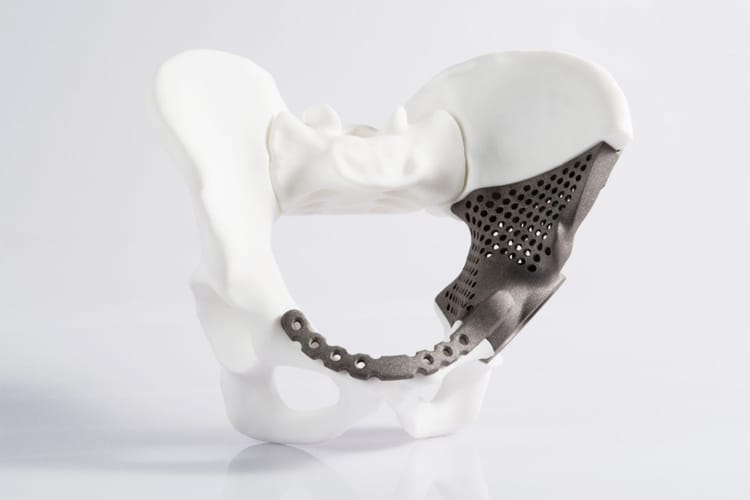
Additive Manufacturing Cutting tools
With additive manufacturing, you can make tools with complex shapes, you can change the arrangement of the cutting edges.
Advantages and Disadvantages of Additive Manufacturing
Advantages
- Since AM does not require molds, mold costs are reduced.
- AM can manufacture products with extremely complex shapes and internal features.
- Products are highly customizable.
- AM consumes less energy and does not require cutting, which is good for the environment.
- High material utilization and recyclable materials
- With additive manufacturing rapid prototyping, you can quickly prototype parts in a matter of days.
Disadvantages
- Raw materials and equipment of additive manufacturing are expensive.
- Limit of Materials.
- Surface roughness needs to be improved.
- Batch consistency between machines needs to be improved.
- Compared to conventional powder metallurgy process or casting and forging, AM has limited mass production capabilities.
Metal 3d Printer Manufacturers
3D Systems
3D Systems, headquartered in South Carolina, has more than 30 years of experience in the additive manufacturing industry. Their business includes additive manufacturing materials, software, metal 3D printers, etc.
Markforged
Markforged is headquartered in Massachusetts, where they develop advanced additive manufacturing process hardware and software applications.
Their 3D printers can print a variety of materials, such as carbon fiber, agate, and metals。
ExOne
Since 1995, they have been committed to the development of advanced 3D printers and committed to mass production. ExOne was the first to manufacture commercial binder jet 3D printers.
Additive manufacturing has become a promising technology because it can quickly build part prototypes without the need for molds. However, AM cannot be mass-produced at this stage, and the strength of AM-produced products is not high enough. If the above problems can be solved, then there is no doubt that AM will bring great benefits to the manufacturing industry.
FAQ
1. Do Additively Manufactured Products Need to Be Sintered?
Generally speaking, the strength of additively manufactured products is not high. If you want to improve the mechanical properties of the product, the product may need to undergo sintering process.
